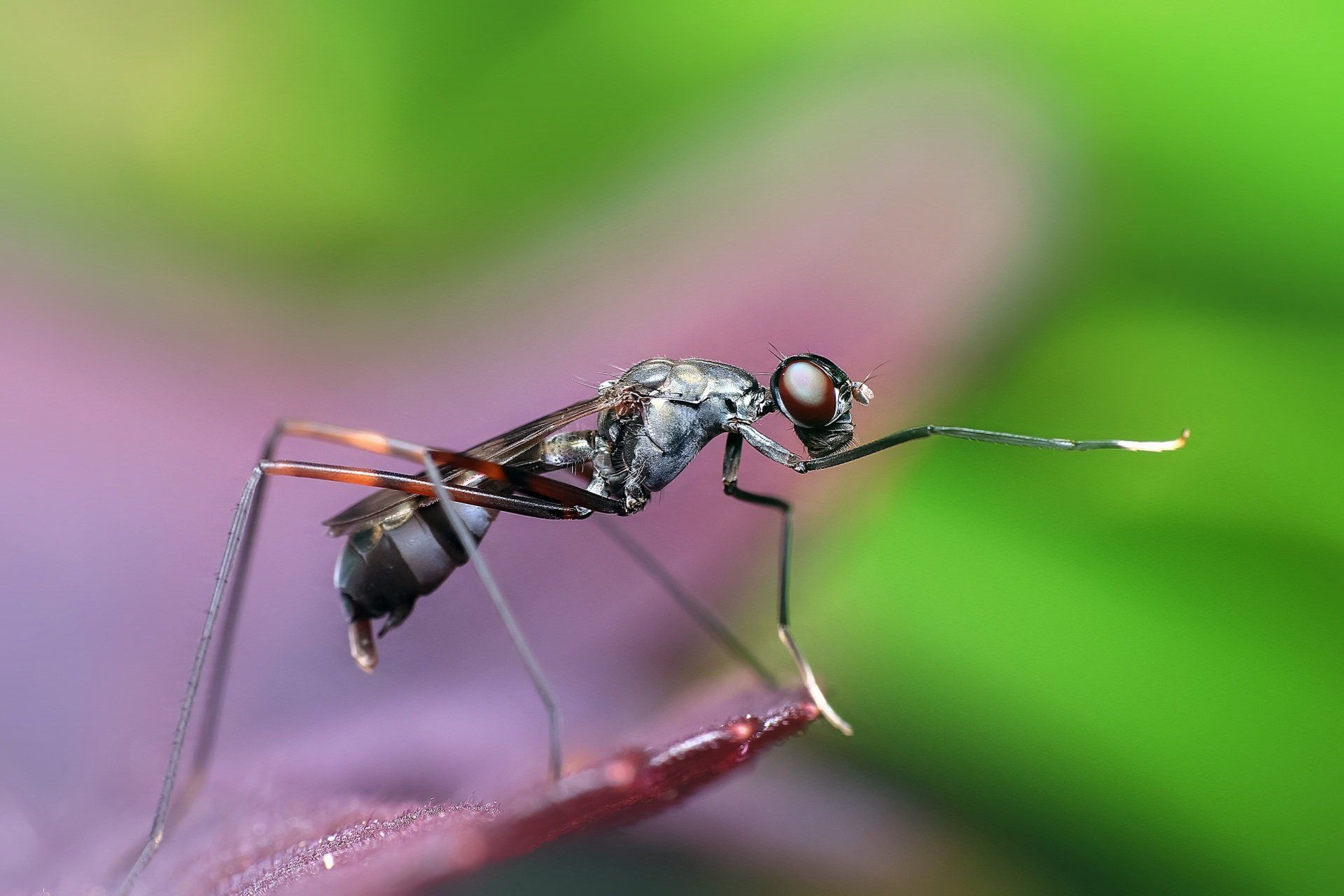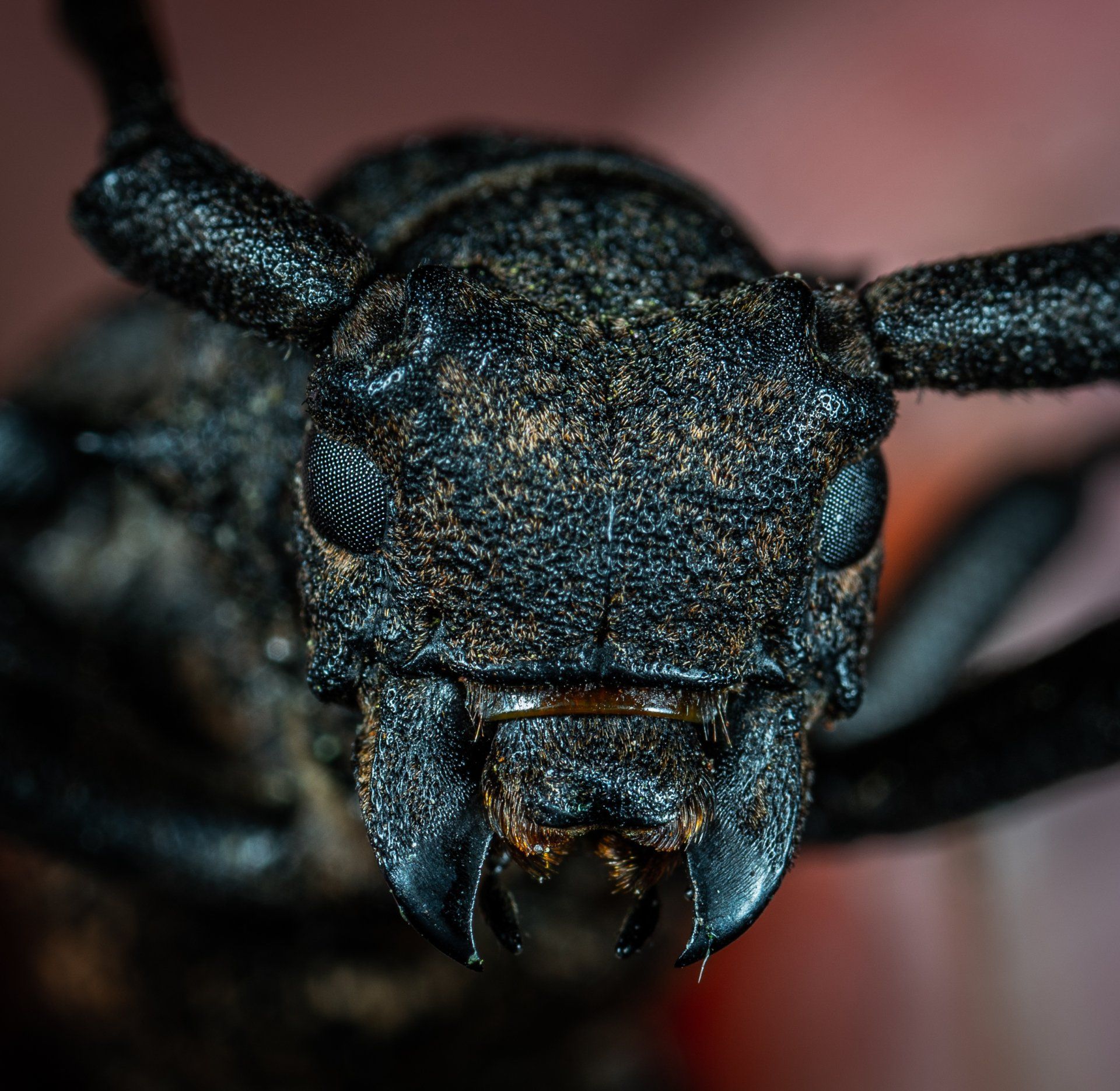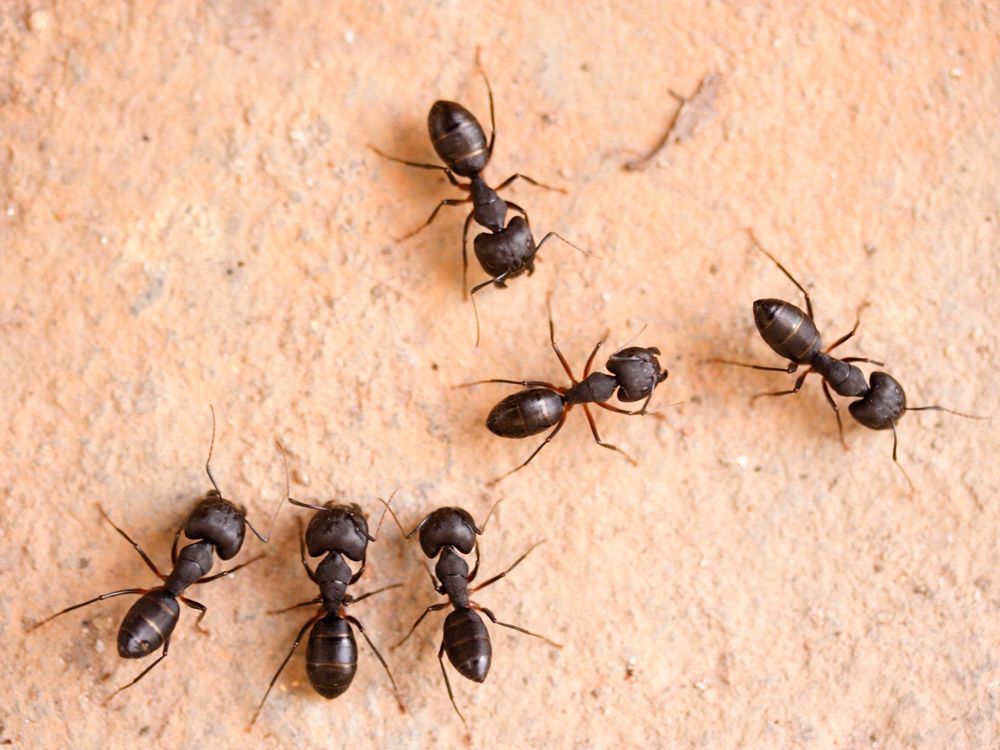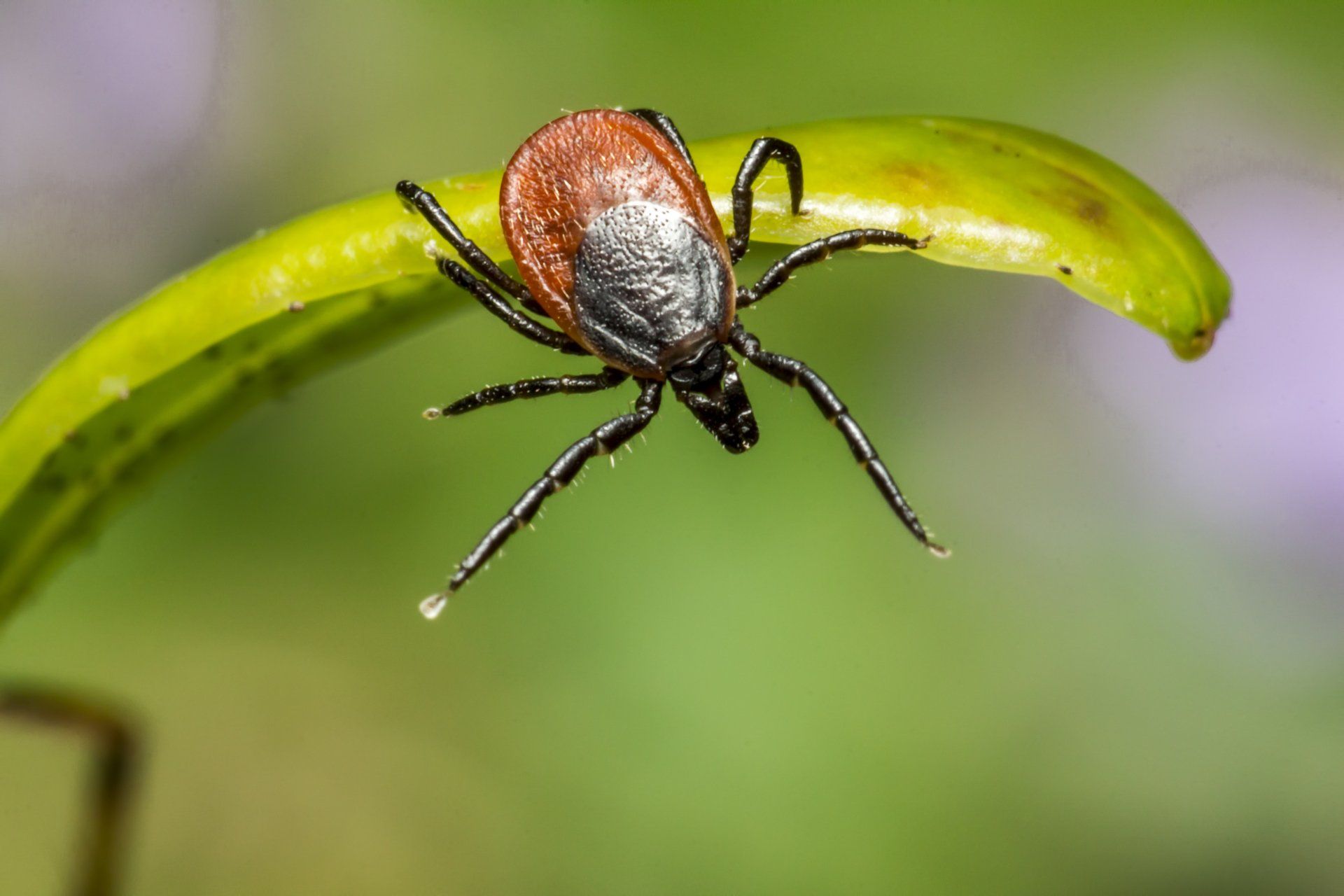Carpet Beetle Rash: Do Household Beetles Bite?
What’s a carpet beetle and why do they cause rashes?
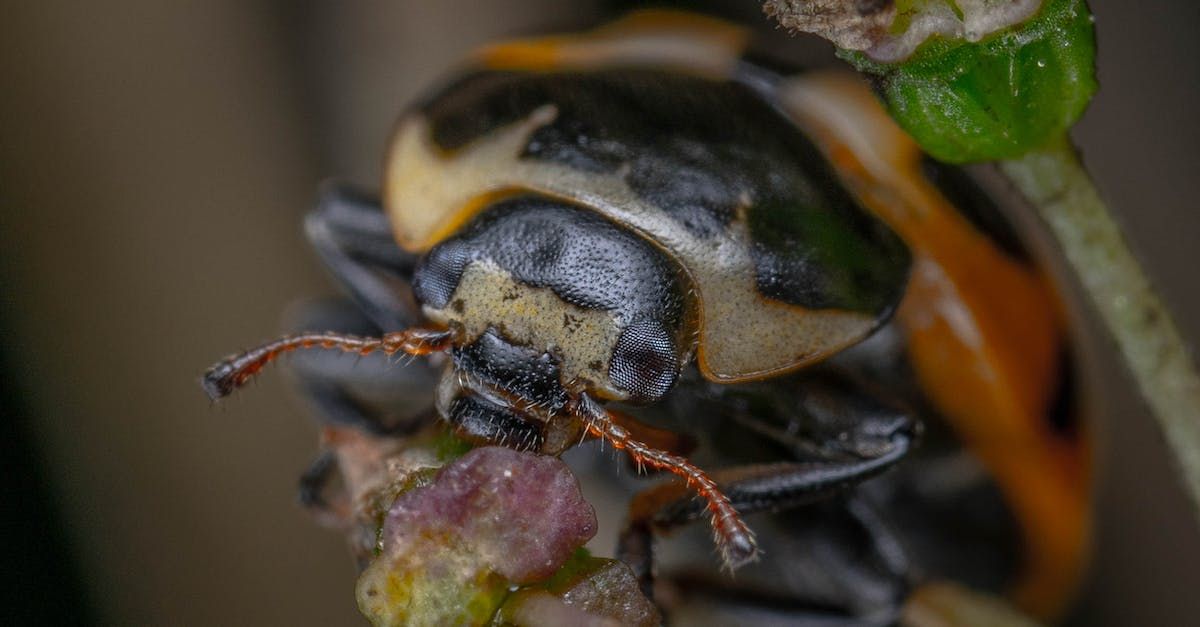
Carpet beetles are commonly found in homes. They cause damage which causes homeowners to assume that they have clothes moths. If you notice a small beetle shaped like an oval, you may have carpet beetles.
Carpet beetles are only about ⅛ to 1/16 of an inch big, so they can easily go undetected. If you’re unsure if you have them, you can
schedule a routine pest inspection.
Their colors vary, but they can be mottled with specks of yellow, brown, orange, and white. They can also be black. You’ll commonly find these pests on windowsills, as they look to eat pollen.
They’re not known for causing damage to woolen items or other fabrics. When they reproduce, however, it’s common for a female to lay as many as 100 eggs near wool rugs, ductwork, and baseboards where pet hair accumulates, for example.
But do they bite? And how do they cause “carpet beetle rash?”
Do Carpet Beetles Bite?
No, you don’t have to worry about adult carpet beetle bites. Contrary to popular belief, they don’t eat fabric, unlike other pests. This doesn’t mean their larvae don’t pose an issue. Larvae do eat fabric, while adults look for nectar and pollen.
They also don’t have mandibles (insect “teeth”), which means they can’t break your skin. A carpet beetle can, however, cause what’s known as “carpet beetle rash.”
Carpet Beetle Rash
Carpet beetle rashes are actually an allergic reaction. It’s commonly caused by a larvae’s tiny little hairs. These pests are known for crawling in your bed, as they look to eat natural fibers in your bedding.
When they do this, they rub against your skin. Carpet beetle rash symptoms may include a rash or bump forming where their hairs touch you.
Although they can cause discomfort, there isn’t any chance they’ll bite you. Carpet beetle rash treatment may include a visit to the doctor, but your physician may have you apply
over-the-counter antihistamines or something else for the itch.
What Do Carpet Beetles Eat?
As previously mentioned, an adult carpet beetle will search for nectar and pollen. The larvae, however, are interested in fabrics, especially animal fibers. This includes silk, feathers, wool, and fur. You may also find larvae in your stored food, making them a
stored product pest.
Do Carpet Beetles Carry Disease?
No, carpet beetles aren’t known to transmit any serious diseases. They can, however, cause other health issues.
For example, carpet beetles can cause digestive issues if you eat larvae in your stored products. If you find these pests in your food, throw out anything contaminated. Always keep food tightly sealed.
You may even find that these pests lead to respiratory issues, especially for allergy and asthma sufferers. They shed tiny hair or particles, which can lead to respiratory problems.
Additionally, the tiny hairs or fibers on the larvae become airborne, which can lead to eye irritation. Exposure usually has to be for long periods of time for this to be an issue, but the risk is still there.
Are Carpet Beetles Destructive?
Carpet beetles can cause a significant amount of damage to your home and personal items. They’re omnivores, so they may eat whatever they come across. This includes leather items, carpets, blankets, clothing, bedding, food, and furniture.
Preventing Carpet Beetles
You can prevent carpet beetles by
cleaning your home regularly. Pay close attention to drapes, rugs, and any upholstered furniture. You should also pay close attention to closets and other areas where they may gather inclusions.
Vacuum thoroughly and frequently to remove food particles and their eggs, larvae, and adults. Empty your vacuum canister outside, away from your home.
You should also keep a well-maintained yard to prevent them and don’t bring any pollinated plants inside. Work to declutter your home and always keep food tightly sealed.
Pest Prevention
If you suspect carpet beetles in Sussex County, NJ, or Warwick, NY, Serene Property Services can help. We treat all kinds of pest infestations and offer routine prevention to stop pests in their tracks. Since carpet beetle rash can cause discomfort, it’s important to prevent these pests before they make their way indoors.
Contact us today for an estimate. We’ll discuss with you the best way to protect your home from unwanted visitors.
We will get back to you as soon as possible
Please try again later
About Us
Contact Info


